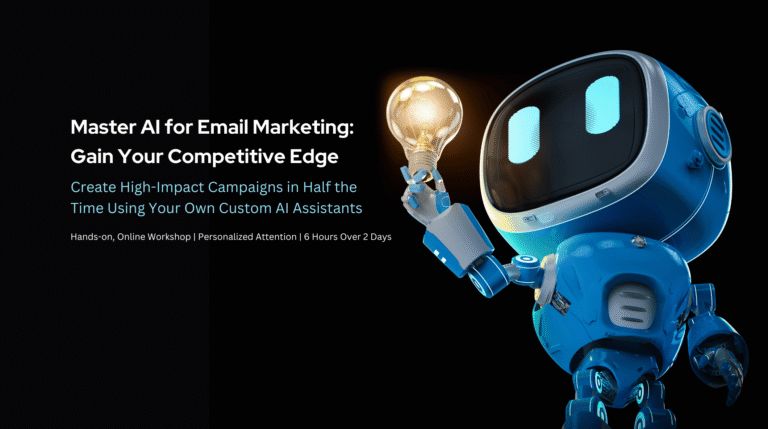The Next Step in AI Evolution: Meet Your New Autonomous Digital Teammate
We’ve talked before about partnering with AI to grow your business. But what if your AI partner could work independently? According to recent Gartner research, that future is closer than you might think.
By 2028, Gartner predicts that 33% of enterprise software will include what they call “agentic AI” – AI systems that can act on their own. Let’s break down what this means for your business and how you can prepare for this shift.
What Makes AI Agents Different?
Think about your current experience with AI tools. You give them instructions, they provide outputs based on those specific instructions. But AI agents take this a step further.
Picture your most proactive team member. The one who takes your general ideas and runs with them. That’s what these AI agents are designed to do. You give them a goal, and they figure out the rest.
They create their own plan, pick the right tools for the job, make decisions as they go, and adapt their work based on what they learn. No more hand-holding or step-by-step instructions needed – these digital teammates can take initiative and figure things out on their own.
So what does this mean for your day-to-day work?
These digital teammates can handle tasks that would take you hours – like monitoring different systems overnight, crunching numbers, and making adjustments while you get some well-deserved rest.
You won’t need to learn complex technical language either. Just explain what you need in plain English, and your AI teammate will handle the technical details. And when you need to make an important decision? Your AI partner can analyze mountains of data in minutes, giving you insights that would take weeks to gather manually.
You might be thinking “this sounds great for the future, but what can I do right now?”
Even though these AI teammates are still learning to walk, you can start preparing for their arrival. Take a look at your current software tools – you might be surprised to find some of them are already adding AI features.
When you spot an opportunity to try them out, start with something simple that has clear results you can measure. It’s like working with any new team member – you want to build trust gradually.
And speaking of preparation, check if your systems can talk to each other effectively. The better your tools can communicate, the more your future AI teammate will be able to accomplish.
Of course, you might have some questions about all this. What happens if the AI makes a bad call? Can it handle messy or incomplete data? And how will your team feel about working alongside an AI that makes its own decisions?
These are all valid concerns, and they’re exactly why we need to approach this thoughtfully. The good news is that we can treat this just like bringing on any new team member – start small, set clear boundaries, provide guidance, and build trust over time.
Join us in The Hybrid Advantage community, where we’re exploring these emerging technologies together. We share real experiences, practical implementation strategies, and support each other in making the most of AI tools. Best of all, it’s free to join!







